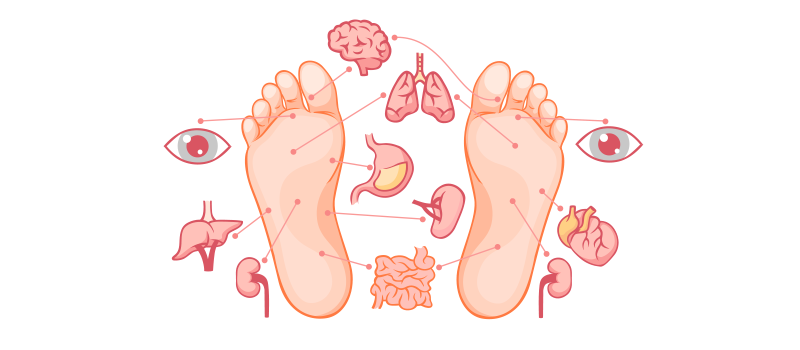Reflexology is a form of Putrajaya Spa massage that involves gently pressing on certain areas of the body, called pressure points. Usually, reflexologists apply pressure on the feet, though some also work on the hands and ears. It’s not scientifically proven to cure any disease or condition, but many people feel better after a session.
The most common reason for getting a reflexology treatment is to relieve stress or pain. Reflexology is sometimes used in combination with other treatments, such as physical therapy or chemotherapy, to help ease the side effects of a medical condition. It isn’t a substitute for medical treatment, so it is important to talk to your doctor before receiving a reflexology session.

A reflexologist can use a chart to guide them as they apply pressure on the different areas of the foot. Some use a mixture of techniques, including tapping and kneading the skin. The session is often 30 or 60 minutes long.
There are several theories about how reflexology works. One theory is that pressing on the feet in a calming way sends a signal from your peripheral nerves to the central nervous system, causing the body to relax. Another theory is that manipulating the various pressure points in your feet, hands or ears helps to balance your body’s energy or qi (pronounced “chee”) and improve your health.
In addition to relieving pain, reflexology can boost your immune system, promote better sleep and reduce anxiety. It can also speed up the time it takes for wounds to heal. In a study of 240 women who were being treated for breast cancer, researchers found that those who received reflexology had better quality of life and less anxiety than those who didn’t receive the therapy.

Reflexology may help treat conditions that can be made worse by stress, such as asthma, headaches and premenstrual syndrome. Reflexology has also been shown to increase blood flow, which can improve a person’s mood and overall functioning.
A reflexology session may also help to manage a person’s symptoms, such as nausea and vomiting, during and after cancer treatments. It can also help to alleviate the pain and discomfort of some diseases, such as arthritis, heart disease and cancer itself.
Although there is no scientific evidence that reflexology treats cancer, it is a popular complementary therapy for people with the illness. It is believed to help reduce the pain, nausea and anxiety that can occur during cancer treatments. It may also make it easier to eat and drink enough water, which is crucial for the health of any cancer patient. The improved circulation, increased nerve activity and balanced functioning of the metabolism can also help patients get back to a normal life more quickly, even after surgery or chemotherapy.
